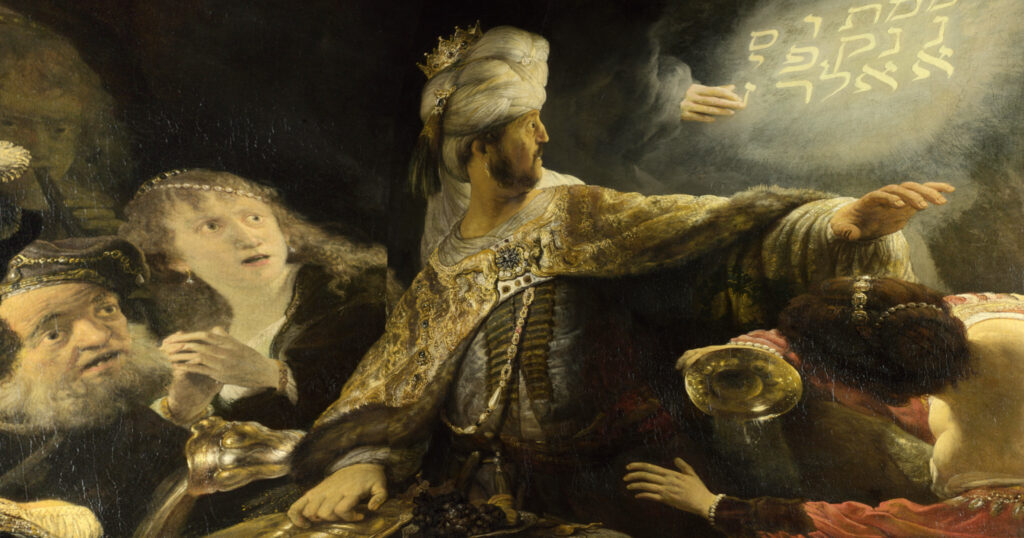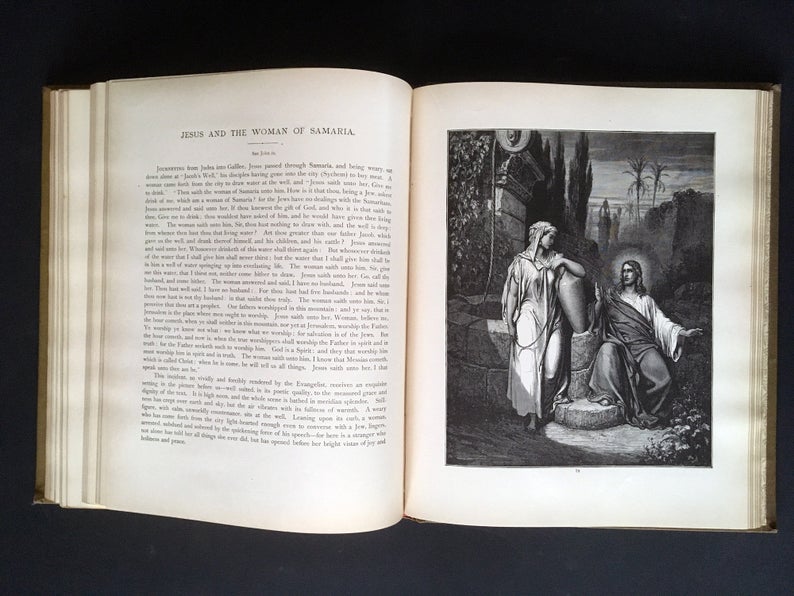Does your museum’s website allow you to nimbly adapt to changing circumstances? Can you easily spin up a digital exhibit? Are you able to cross promote events, stories, and collection objects on all of your pages? Is it a snap to update events and add new exhibitions? If the answer is no, you’re not alone. More often than not, a museum’s website is an impediment to promoting content, and cumbersome to manage.
If your website makes managing basic museum content problematic, implementing more advanced features such as online memberships with member-only content, long-form storytelling, and integrated collections may feel like a pipe dream.
Sadly, for too many museums, the riches of their collections and the deep resources of their stories are obscured by inflexible website platforms. A museum site ought to be a primary channel for extending the reach of your collections, programs, and resources rather than being an impediment.
But things are starting to change.
Dynamic, Flexible, WordPress Frameworks
Cuberis has orchestrated a range of flexible, dynamic, and cost-efficient WordPress-based platforms to provide all the content features and capabilities museums need to serve their audiences. And we’ve done it by leveraging professionally supported plugins and frameworks that require virtually no custom coding. We call this the Low-Code/No-Code revolution!
Not only does our approach maximize flexibility, by reducing the need for custom coding, these platforms are much more affordable than their custom-coded cousins. The Low-Code/No-Code approach delivers a vast array of dynamic capabilities. But what’s more, these platforms continuously roll out more and more new features, as developers compete with one another to advance their products. So when your site is driven by such platforms, its capabilities grow over time—without additional R&D investment on your part!
Last year we rolled out the first couple of museum sites built on our new flexible framework. Since then our platform has continued to expand, exceeding our initial expectations, and enabling dynamic features that used to cost tens of thousands of dollars to provide through custom coding.
Montgomery Museum of Art 2.0
The most recent example of the 2.0 version of our platform is the relaunch of the Montgomery Museum of Fine Art website. We designed their previous website in 2014. Back then, there was no path to building a dynamic website other than through custom coding. Over the intervening years, there have been multiple times when the MMFA wanted to roll out new features, or changes to their architecture. Unfortunately, because their site was custom coded, even relatively small changes required one of our programmers to implement them—and thus often got put off due to prohibitive costs. This prevented the MMFA from being able to adapt in ways that they needed.
But this year, using a very modest grant, Cuberis rebuilt their site on our new platform. In a matter of weeks we were able to deploy an MVP (minimal viable project) as a new foundation for them to grow. Now the MMFA has control over all aspects of their site. And they can roll out new features at will.
I was recently chatting with Stephen Hayes, Director of Communications at the MMFA and I was able to show him a newly released calendar feature that will allow him to display related events throughout the site, wherever the context calls for it. These kinds of upgrades cost the museum nothing, but they make their site more dynamic and useful in serving their audiences.
There is much more that the MMFA would like to do with their site, and now that it’s built on our new framework, they can flexibly roll out new features as needed, without having to re-work static hand-coded templates.
Flexibility = Complexity?
While it’s true, as I explained in my previous article “Simple, Flexible, Economical, Pick Two,” that increasing a platform’s flexibility does require making some trade-offs on its simplicity, we have structured our framework to minimize complexity and ensure consistency of design by pre-building components set with global styles, and pre-structuring plugins to focus on just the needed functions each client needs. We also provide custom training videos using the newly developed website itself. That, coupled with our ongoing proactive support and assistance makes these new sites a powerfully flexible platform for the future digital initiatives of our museum clients.
Museums aren’t known for being the most nimble and fast moving of institutions. But with our new framework under the hood, they can start to respond more swiftly, and adapt more quickly to the changing needs of their constituents.
If you would like to learn more about our new framework just reach out, we’d be happy to give you a look under the hood, and demonstrate its capabilities for your museum.










